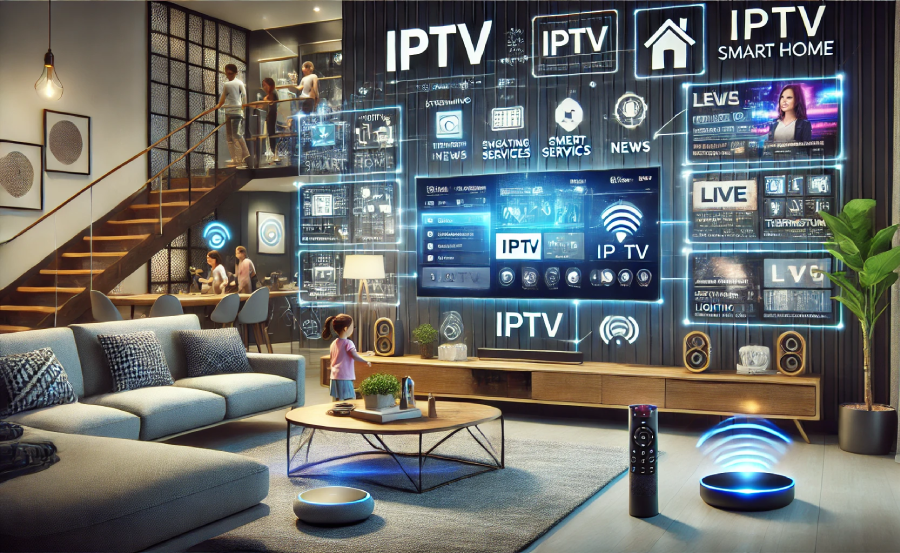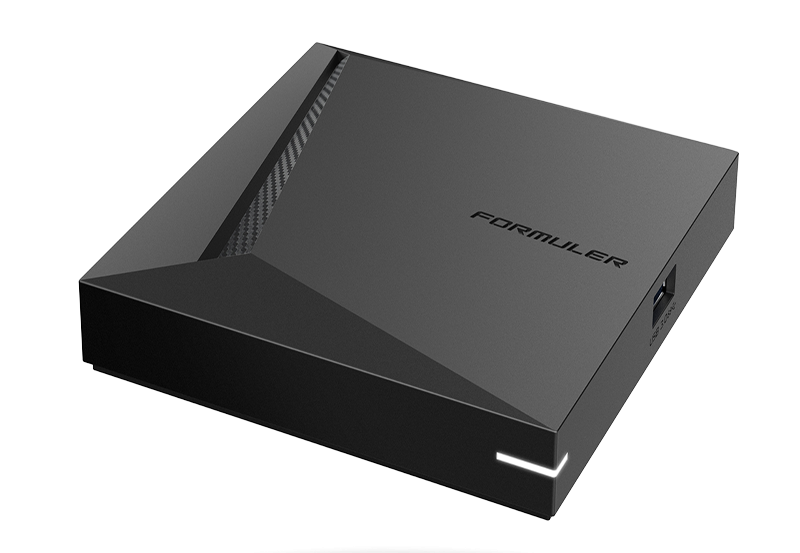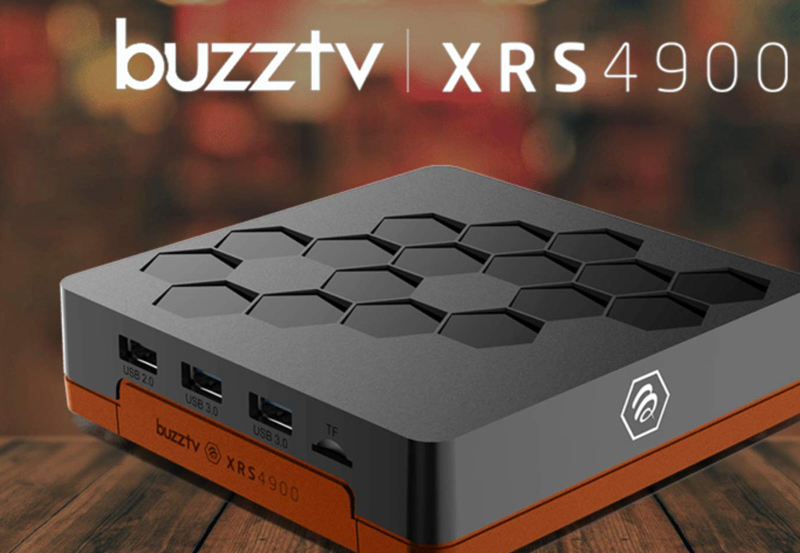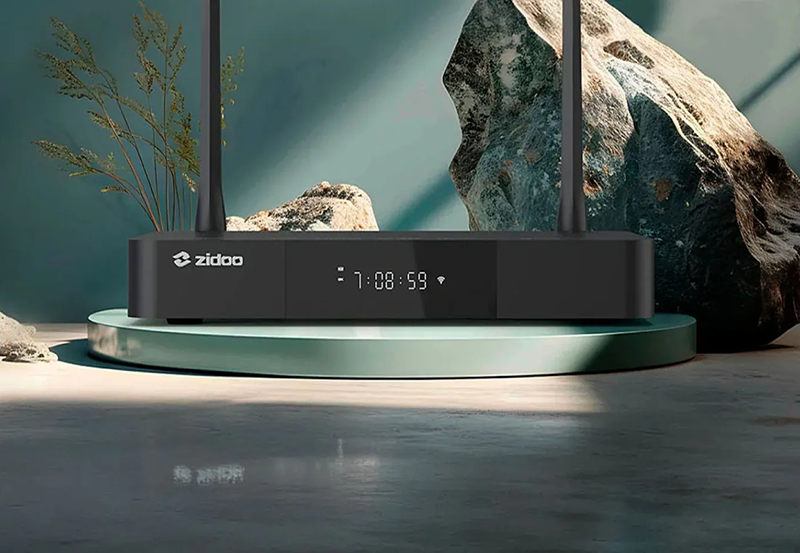Imagine unlocking the full potential of your smart home by integrating IPTV, a technology that brings your screen to life with international channels and a seamless viewing experience. Whether you’re a tech enthusiast or a homeowner looking to enhance your entertainment setup, understanding how to prepare your home for IPTV integration is essential. Let’s explore the steps, strategies, and essentials to redefine your IPTV watching experience.
Understanding IPTV and Its Benefits
IPTV, or Internet Protocol Television, is revolutionizing the way we access and enjoy content. Unlike traditional broadcasting methods, IPTV uses the internet to deliver television programs, enabling a more flexible and versatile viewing experience. Whether you’re interested in Smarters IPTV for customized content or exploring IPTV for international channels, the possibilities are endless.
One significant advantage of IPTV is its ability to offer a more personalized approach to content consumption. With a range of channels from different countries and languages, IPTV ensures that you aren’t limited by local broadcast schedules, allowing you to redefine your IPTV watching experience effectively. Here’s more on how it benefits your home setup:
Smart Insight:
Unlock premium UK entertainment with XtremeHD UK, offering crystal-clear live TV and on-demand content.
- Access to a vast library of global channels and content.
- Enhanced viewing quality with HD and even 4K streaming options.
- Flexibility in choosing what to watch and when.
- Compatibility with various devices, making it easier to integrate into your smart home ecosystem.
What Makes IPTV Stand Out?
Unlike cable TV, IPTV uses your existing internet connection, which means it can seamlessly merge with other smart home devices. This flexibility is just one reason why more homeowners are opting for IPTV.
Content Variety and Customization
One thing viewers adore about IPTV is the vast array of content available. Whether you’re interested in niche genres or mainstream entertainment, IPTV fits the bill. The use of Smart IPTV services allows for tailoring the available channels to match personal preferences, something not easily achievable with traditional TV.
Preparing Your Home Network for IPTV
Before diving into IPTV integration, ensuring your home network is robust and capable of handling the additional bandwidth is crucial. A weak internet connection can lead to buffering and low-quality streams, defeating the purpose of upgrading your home viewing experience.
Optimizing Internet Speed
IPTV demands a stable and fast internet connection. Here’s what you need to know to optimize your network speed:
- Consider a minimum internet speed of 15 Mbps for smooth streaming.
- Upgrade your router to one that supports higher speeds and better coverage.
- Place the router in a central location to minimize signal loss.
Network Security Measures
As your home becomes more connected, security becomes a top priority. Protect your IPTV and other smart devices from hackers by implementing robust security protocols. Use strong, unique passwords and consider a VPN to encrypt your internet traffic.
Choosing the Right IPTV Service Provider
With a multitude of providers out there, selecting the right IPTV service can be daunting. Popular options like Smarters IPTV offer a wide-ranging channel lineup that’s particularly beneficial for accessing international programs. But how do you make an informed choice?
Evaluating Channel Availability
A diverse channel selection is one of IPTV’s most significant draws. Ensure the provider covers the genres and languages you’re interested in. For international channels, this could mean looking into services that provide access to live TV from different continents.
Cost vs. Features
Balancing cost with features is another consideration. While free or low-cost services might be tempting, they often come with limitations or hidden costs. Check subscription tiers and read reviews to understand what’s being offered.
Integrating IPTV into Your Smart Home Ecosystem
Once you’ve set up your network and chosen a provider, it’s time to integrate IPTV into your smart home. The goal here is a seamless blend where all devices interact optimally.
Creating a Seamless User Experience
Consider how your IPTV setup can interact with other smart home devices. For instance, using voice commands to control your TV via a smart assistant like Alexa or Google Assistant adds a layer of convenience and futurism to your home.
Enhancing with Automation
Explore automation options. This might include setting schedules or routines where lighting adjusts according to what you’re watching, or temperature settings can change based on the time of day or night.
Addressing Common IPTV Challenges
Even with careful prep work, IPTV integration isn’t without its challenges. From technical glitches to user experience issues, being aware of potential pitfalls can help you mitigate them effectively.
Troubleshooting Technical Hiccups
Buffering is a common issue experienced by IPTV users. While a strong internet connection reduces this, other problems like device compatibility and software bugs may arise. Regular updates and keeping firmware current is vital.
User Interface Issues
An intuitive user interface is essential, especially when managing various channels and services. Selecting a service with a user-friendly layout can simplify navigation and enhance overall satisfaction.
The Future of IPTV and Smart Homes
The future looks promising for IPTV and smart homes. As internet speeds increase and technology advances, the symbiotic relationship between IPTV and home automation will only continue to grow.
Emerging Trends
Expect more services to offer augmented reality (AR) and virtual reality (VR) experiences, creating even more immersive viewing experiences. AI might play a more significant role in content recommendations, making suggestions even more personalized.
The Evolving Tech Landscape
In summary, the landscape of technology within the home is rapidly evolving. Staying ahead with trends could mean the difference between a static setup and a passive upgrade in your living environment.
FAQ: Common IPTV Queries

How do I improve IPTV streaming quality?
Ensure your internet connection is stable and meets the recommended speed. Additionally, updating your hardware and using wired connections can significantly improve quality.
Can IPTV replace cable TV?
For many, yes. IPTV offers a wider range of channels and viewing flexibility, making it a viable alternative to traditional cable TV services.
What IPTV service is best for international channels?
Smarters IPTV is highly recommended for its extensive range of international channels and user-friendly interface.
What should I do if my IPTV service keeps buffering?
Check your internet speed and connection. Ensure your router isn’t overloaded and that the IPTV service you’re using is compatible with your device.
Are there legal concerns with using IPTV?
Ensure you are using a legitimate IPTV provider. Some services might offer pirated content, which is illegal and could lead to legal issues.
How can I optimize my home network for IPTV?
Upgrade your router, use a wired connection where possible, and prioritize the IPTV service within your network settings to ensure smooth streaming.
Is it easy to integrate IPTV with smart home devices?
Yes, many smart home systems support seamless integration with IPTV, enhancing overall user experience through automation and smart controls.
How Sanyo Smart TVs are Redefining Home Entertainment





